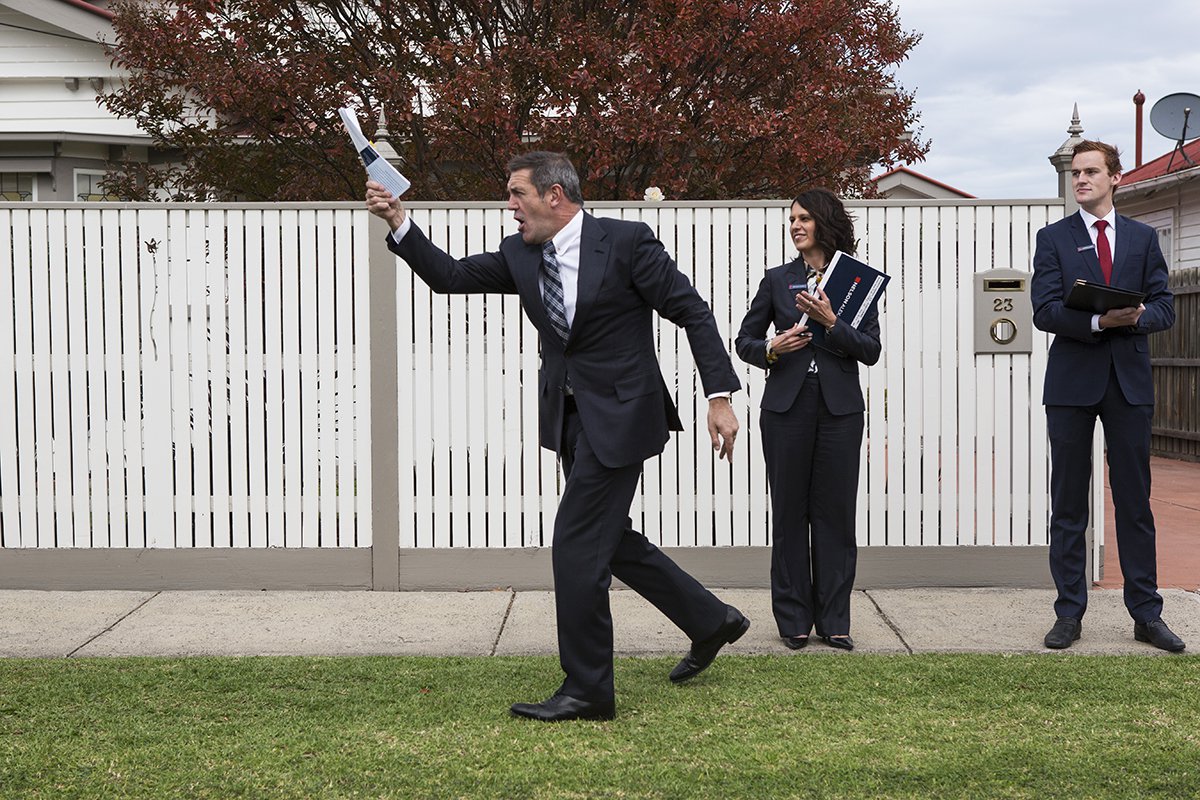Flexible buyers set to gain the upper hand
Buying conditions continue to heat up in Melbourne’s early-autumn real estate market – a strong swing being driven by FOMO, the popular acronym for “fear of missing out.”
FOMO has long been a driving factor in the performance of capital city real estate markets, in which buyers typically outnumber sellers. But the trend for prospective buyers, who miss out on auction properties then up their budgets and bid more assertively at subsequent auctions, is becoming more pronounced.
That’s because the market is experiencing the double-whammy effect of relatively tight supply coupled with ongoing and consistent house price growth.
Melbourne’s residential real estate market showed good strength and buoyancy between January and mid-February this year. And because hundreds of would-be auction buyers missed out on properties in last year’s stock- constrained spring and early summer markets, there is considerable pent-up demand.
Nelson Alexander sales director Arch Staver says one clear sign of the high levels of demand in the Melbourne market is the extent of off-market wheeling and dealing that’s taking place.
“Private sale transactions that Nelson Alexander facilitated in January by bringing buyers and sellers together, were much busier than normal in January,” Mr Staver says.
“That’s a concrete sign that the strong demand we saw for quality properties in 2016 has carried over into this year.”
Since the auction market kicked off on January 21, Melbourne’s market has consistently recorded auction clearance rates above 75 per cent.

On Saturday February 18 when 908 homes were listed for auction, there was an auction clearance rate of 79 per cent, according to Domain Group data. This was slightly higher than the 78.8 per cent recorded the previous weekend and above the 77.9 per cent recorded over the same weekend last year.
Price growth also appears to be kicking in early this year. Melbourne recorded a median auction price of $830,500 on February 18, which was higher than the $752,500 reported the previous weekend and 10.7 per cent higher than the $750,000 recorded over the same weekend last year. A total of $442.6m was reported sold at auction in Melbourne on February 18.
Another real estate data group, CoreLogic, says its data shows there was a 13 per cent increase in the Melbourne median house price between December 2015 and December last year.
Mr Staver says Nelson Alexander’s offices are seeing a lot of new people in the market. He adds that would-be buyers who have been holding-back from entering the market may need to urgently reassess this strategy.
“Buyers should sit back and dispassionately evaluate what has happened in Melbourne over the past 12 months,” Mr Staver says.
“They have seen a 13 per cent growth spike over the entire Melbourne market. Buyers are also all too aware that we are in a low interest rate environment, and that the Reserve Bank is bullish on the Australian economy’s future performance.
“You can’t help but think, as a buyer: ‘Maybe I am better off getting in sooner rather than later. Maybe I should compromise on what I am thinking of buying. Is it likely to get tougher?’”
Mr Staver says buyers who target Melbourne’s in-demand suburbs need to be flexible and ready to pounce.
Nelson Alexander’s sales transactions consistently show that the most popular and well-presented properties attract the most competition and the highest prices. But other properties that may tick seven out of 10 of a buyer’s boxes rather than nine out of 10, often sell at or slightly below the reserve. This is partly because they attract much less competition than the near-perfect properties.
“With demand on a growth trajectory in virtually all sectors of the Melbourne real estate market, buyers need to be prepared to reconsider and adapt to the prevailing competitive conditions, “Mr Staver says.
“At the right auction this autumn they may find themselves buying a property that they were not ready to buy last year or didn’t want to buy last year.”

